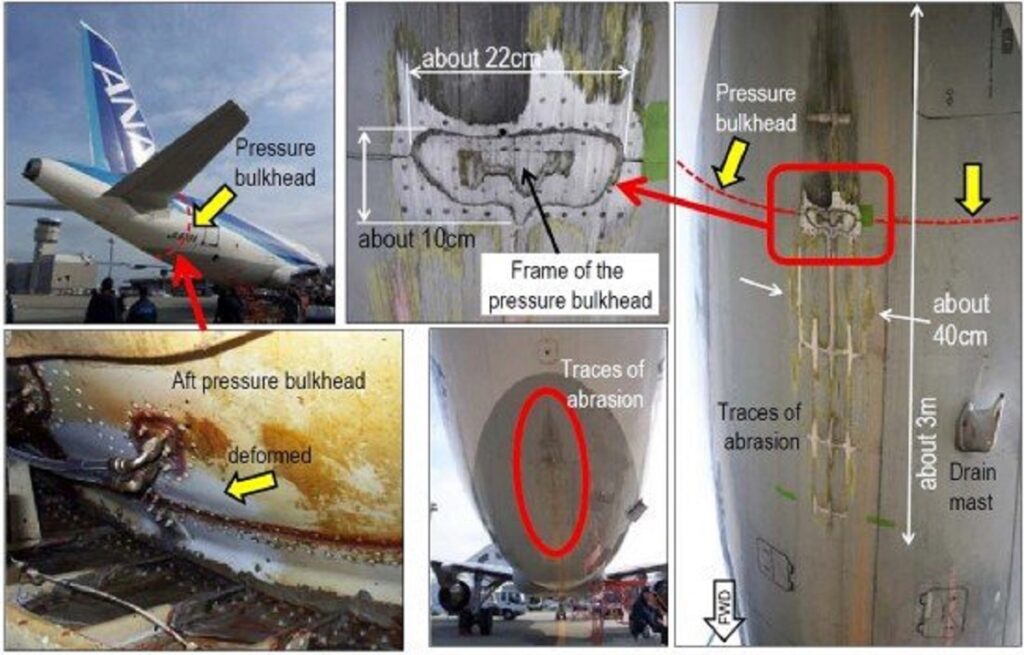
Tail strike, which occurs when the tail of an aircraft contacts the runway during takeoff or landing, is an event that can occur in virtually all transport aircraft designs. Some designs are far more susceptible to tail strike than others and, dependent upon the aircraft type and model, the relative frequency of tail strike on takeoff versus tail strike on landing can vary significantly. “Stretched” models of a given type are generally more likely to suffer a tail strike than the non-stretched version.

Various studies by several of the major aircraft manufacturers have arrived at similar conclusions regarding the primary cause of tail strike. Although the event has occurred during both daylight and night operations, and in both good weather and bad, the most significant common factor has been found to be the amount of flight crew experience with the specific model of aircraft being flown. This conclusion points to robust crew training as the single most critical preventative measure.

Studies have also identified eight specific Causal Factors, evenly distributed between the takeoff and landing phases of flight, which greatly increase the risk of a tail strike. Note that combinations of these Causal Factors can occur, further increasing the likelihood of a tail strike event.

Reason for tail strikes
Improperly Set Elevator Trim or Mis-Trimmed Stabilizer
Rotation at Incorrect Speed
Excessive Rotation Rate
Improper Use of the Flight Director
Excessive Hold Off in the Flare
Crosswinds






